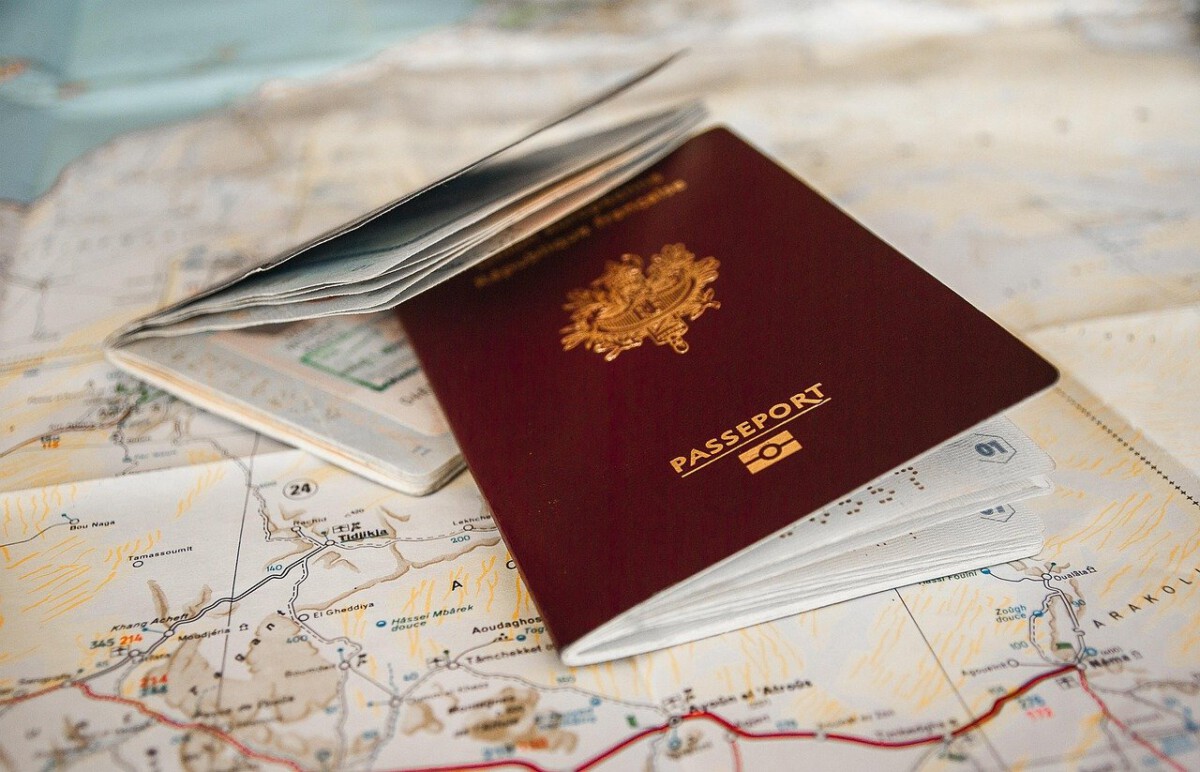Misconception 1: A Passport is Only Needed for International Travel

It’s surprising how many Americans still believe a passport is only necessary when they’re jetting off to another country. In reality, there are certain scenarios where you might need a passport even within U.S. boundaries. For example, if you’re traveling to U.S. territories like Puerto Rico, Guam, or the U.S. Virgin Islands, a passport might be required depending on the airline and your identification status. The U.S. Department of State also recognizes the passport as one of the most reliable forms of identification for domestic flights, which can be especially helpful if you don’t have a REAL ID-compliant driver’s license. According to a 2024 travel survey, more than 20% of travelers were caught off guard when asked for their passports at domestic airports serving these territories. Having a passport handy can save time at security checkpoints and avoid any confusion. It’s a small document, but it opens doors—even at home. If you want to skip the hassle, carrying your passport can be a smart backup plan.
Misconception 2: Passports Expire After 10 Years for Everyone

A lot of parents pack for family trips thinking everyone’s passport in the family expires in a decade. That’s not the case. While adult passports are good for 10 years, children under 16 receive passports that are valid for just 5 years. The U.S. Department of State has reported that in 2023, nearly 30% of families were forced to delay travel because they didn’t realize their child’s passport had expired sooner than expected. Processing times for renewals can be unpredictable, especially during peak travel seasons or after policy updates. Don’t risk missing your flight—double-check every family member’s expiration date before booking tickets. Renew early if there’s any doubt; the State Department recommends applying at least six months before your planned travel. It’s a detail that can make or break your vacation plans.
Misconception 3: You Can Travel with an Expired Passport

There’s a stubborn myth that you can use an expired passport to return to the U.S. from abroad. The truth is, airlines and border control require your passport to be valid upon both exit and re-entry. As of 2025, border officials are stricter than ever about enforcing validity rules, and airlines will refuse boarding to anyone with an expired passport, regardless of destination. In 2024, the State Department processed more than 500,000 emergency renewal requests from travelers who didn’t realize their passports were expired until reaching the airport. This mistake can lead to canceled flights, unexpected expenses, and even being stranded abroad. Always check your passport at least a few months before you travel, and renew it if it’s set to expire within six months of your trip. That little expiration date packs a big punch.
Misconception 4: You Don’t Need a Passport for Canada or Mexico

Many U.S. citizens mistakenly believe they can cross into Canada or Mexico with just a standard driver’s license. In reality, travelers need a U.S. passport, passport card, or an Enhanced Driver’s License (EDL) to meet Western Hemisphere Travel Initiative (WHTI) requirements. The Department of Homeland Security has emphasized that lacking proper documentation remains a common reason for border delays and denied entries, especially among those unaware of current travel regulations. EDLs are only available in a handful of states and have specific requirements, so most Americans need their passports to cross these borders and, crucially, to re-enter the U.S. smoothly. The State Department strongly recommends taking your passport even if you think it’s not necessary—better safe than stuck at the border.
Misconception 5: You Can’t Travel with a Damaged Passport

It’s a common fear: you spill coffee on your passport, or it gets a little worn around the edges, and suddenly you’re worried it’s useless. While badly damaged passports—those with torn pages, water damage, or missing covers—should absolutely be replaced, minor wear typically won’t stop you at the gate. According to the State Department’s 2024 guidelines, as long as the photo, personal information, and security features remain intact and legible, your passport is likely still valid. However, some countries have stricter rules, and airline staff can refuse boarding if they think your passport is compromised. If you’re in doubt, visit a passport acceptance facility or contact the State Department to check if your passport is safe to use. It’s a hassle you don’t want at a boarding gate.
Misconception 6: You Can Apply for a Passport at Any Post Office

Plenty of people think every post office offers passport application services, but that’s just not true. As of 2025, only certain post offices are designated as passport acceptance facilities, and not all of them accept walk-ins. The U.S. Postal Service updated its online locator tool in 2024 to help travelers find nearby locations and book appointments. With over 4,800 acceptance facilities nationwide, it’s still smart to check ahead, especially in smaller towns or rural areas. In fact, data from 2023 showed that more than 10% of passport applicants had to reschedule because they went to a location that didn’t process applications. Planning ahead saves time and frustration. Don’t assume—double-check before you go.
Misconception 7: Passport Photos Can Be Taken Anywhere

Passport photos aren’t just any old snapshots. There’s a laundry list of requirements: correct size, plain white background, neutral facial expression, no headgear (unless for religious reasons), and more. In 2023, the State Department rejected over 230,000 passport applications because of improper photos. Your favorite vacation selfie won’t cut it, and neither will casual phone pictures. Many drugstores, photo studios, and even some post offices offer passport photo services designed to meet all federal guidelines. The hassle of a rejected application isn’t worth the risk—spending a few extra dollars for a compliant photo saves time and headaches down the line.
Misconception 8: You Can Travel with a Temporary Passport

Temporary passports are sometimes issued in emergencies, like lost or stolen documents abroad, but they aren’t meant for regular travel. As of 2024, these passports are often valid for only a year or less and may be restricted to a single trip. Many countries do not accept temporary passports for entry, and airlines may refuse boarding if they see one. The State Department advises travelers to replace a temporary passport with a full-validity version before making any non-emergency travel plans. In 2023, hundreds of travelers experienced denied entry when relying on temporary passports, leading to ruined trips and unexpected expenses. Always check the requirements for your destination and carry a valid, standard passport whenever possible.
Misconception 9: You Can Get a Passport in One Day

It’s a wishful thought—walk into a passport office and walk out an hour later with a shiny new passport. While emergency and expedited services exist, they require proof of immediate travel (usually within 72 hours), an appointment at a passport agency, and are subject to availability. In 2025, the State Department’s expedited processing window is generally five to seven business days, but securing a same-day passport is rare and not guaranteed. During peak travel seasons, appointments can be booked weeks in advance. Standard processing times for passport applications in 2024 averaged 10 to 13 weeks, according to State Department statistics. Planning ahead is crucial if you want to avoid stress and disappointment.
Misconception 10: You Don’t Need to Notify the Passport Agency of a Name Change

Changing your name after marriage or for any reason means you need to update your passport—otherwise, your travel documents won’t match your ticket or other identification. As of 2023, the U.S. State Department requires legal documentation, such as a marriage certificate or court order, to process a name change on a passport. Failing to update can lead to denied boarding, delays, or even being refused entry to other countries. In 2024, nearly 15,000 travelers reported complications at airports due to mismatched passport names. Always ensure your passport reflects your current legal name before you book those flights. It’s a simple step that saves a world of trouble.








